Nourished by nature: Garden design for mental health and wellbeing
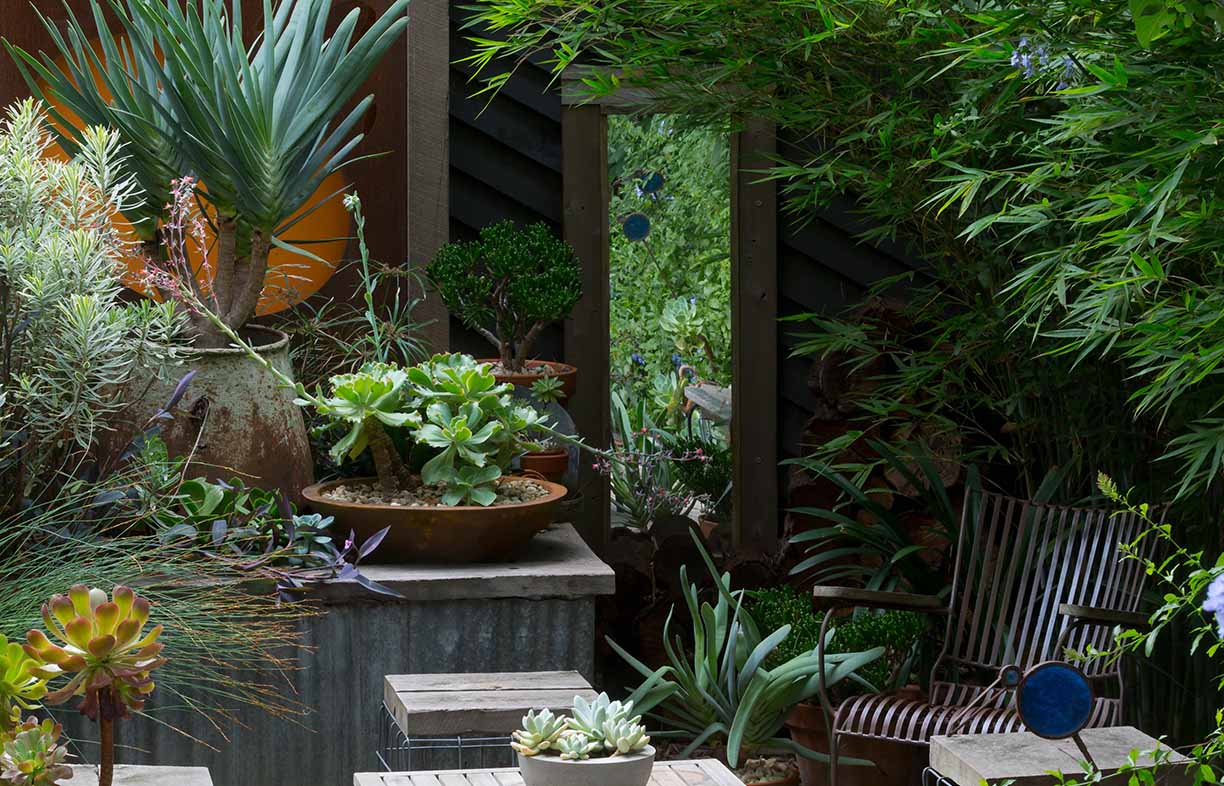
There’s plenty of evidence that connection with nature is beneficial for both mind and body. Recently, the uncertainty of life in a global pandemic has made the need to look after our mental health more acute, while stay-at-home orders have given many of us the opportunity to spend more time gardening. We speak to the experts about designing gardens for improved mood and wellbeing, and what we can do at home to create green spaces that give back in a therapeutic way.
As the coronavirus pandemic swept into Australia, it wasn’t only supermarket toilet paper aisles that were cleaned out; the seed and seedling sections of garden nurseries across the country were also stripped bare.
Was it simply that as state lockdowns came into force people were staying home and had more time to garden, or could it be something deeper? Did the anxiety and uncertainty created by the pandemic and associated economic fallout drive Australians to want to connect with the earth and nature, get some soil on their hands and nurture plants?
According to gardening professionals, while the phenomenon was probably a combination of both, there’s now a body of evidence demonstrating that in times of crisis many people seek out nature, gardens and gardening, and that there are measurable benefits for mental health and wellbeing.
“When the ground was shifting on a global scale, people turned to the reassurance that gardens, gardening and being closer to the earth provide,” says Dr Pauline Marsh of the University of Tasmania. Pauline is one of the founders of DIGnity, a therapeutic garden program at Dodges Ferry on Hobart’s southern beaches. Set up for aged care residents and people living with dementia as well as the general public, the initiative supports users to overcome physical, cognitive and emotional barriers to good health. Pauline says that one of the most important therapeutic functions of gardens is as places of respite from both daily and global stresses.
Sydney-based therapeutic garden consultant Joanne Aquilina believes there were deeply-rooted reasons why people gravitated to gardens and natural spaces during lockdown. “Historically, during times of war and crisis, people have turned to growing their own food out of fear of shortages and hunger. While there hasn’t been the same fear of hunger for most of us this time, I think many people have felt a driving need for physical contact with the earth – to connect with something real, tangible and resilient,” she says, “especially in a world that is becoming increasingly virtual and online.”
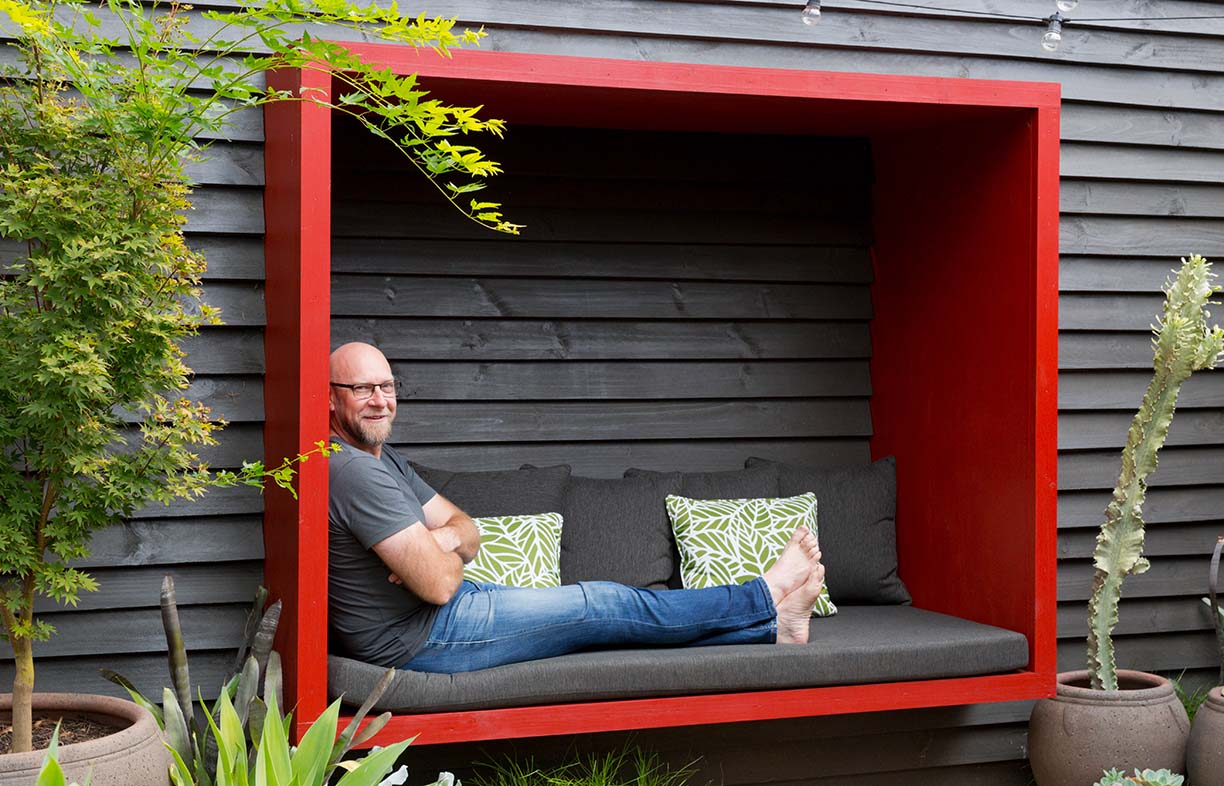
Therapeutic and sensory garden design
In Melbourne, nurse-turned-horticulturalist Steven Wells has combined his skills to design numerous therapeutic gardens for hospitals, including a sensory garden at the Royal Talbot Rehabilitation Centre. As well as assisting patients during their rehabilitation by connecting them with nature, the garden provides a sanctuary for patients to spend time with their families and friends and a valuable calm space for hospital staff on their breaks.
The garden includes an area under the shade of a large golden ash tree that’s designed to foster social gatherings, along with smaller nooks for personal retreat and contemplation. It is filled with a diversity of plants offering distinctly different flower and foliage palettes across the year, for interest and enjoyment. Features popular with patients include grass plantings outside ward windows that create a sense of activity as the grasses sway in the wind (without obstructing views), and a fragrant herb alley where a variety of herb species are planted on either side of an all-access pathway.
Creating a therapeutic garden at home
Steven encourages others to rethink their own garden and living spaces as therapeutic environments. He says a good place to start is to identify different roles for different areas in your garden. “What works well in developing a therapeutic garden in a hospital setting also applies in a home garden setting. Think about where the gathering spots are and also the spots for solo retreat,” he recommends. “There’s a lot you can do with a small space by delineating those different spaces, creating nooks, and making them come to life with plantings.”
Steven has designed his own small garden to incorporate various sitting areas that are all immersed in lush greenery: there are spaces that accommodate groups of family and friends, and also places for solo cocooning where Steven can have privacy and feel enveloped in the wide variety of plants that fill the garden. He’s also opted for a mixture of repurposed and new materials in constructing the garden, adding personality and character to the spaces.
For Joanne, aligning our gardens, balconies and even indoor ‘gardens’ with therapeutic principles is about starting small and going back to basics. “Keep it simple and don’t become overwhelmed or bogged down in the details,” she says. One approach is to consider key elements such as wind, water and fire along with earth: “Fire to gather around, plants that move with the wind and the calming effect of water all contribute to the wellbeing benefits of our garden spaces.”
Taking lessons from the sensory gardens she designs for children living with special needs, Joanne suggests choosing plants that appeal to all our senses, creating a mix of aromas, colours and textures. “The idea is to create an immersive experience that appeals to one or more of the senses. Aromas in particular can trigger beneficial chemical reactions in our brains.”
Tips for therapeutic gardening at home
- Creating and tending a balcony garden or even indoor plants can bring as much therapeutic benefit as a larger garden.
- Think about the functions of spaces in your garden. If possible, plan an area for gathering and an area for solitude.
- Think about light and shade and how they might function in your garden. Depending on the season, shade can be restful, and sunshine is a mood enhancer and provides beneficial vitamin D.
- Think about the visual and aural stimulation different plants provide. Grasses that sway in the wind, varied colours, flowers and the texture of leaves and bark all trigger our senses and engagement with nature.
- Select some plants for their fragrances. Plants such as lavender, mint, rosemary, lemon balm and chamomile are aroma-therapeutic and can relieve anxiety and help you relax.
- Encourage wildlife in the garden by providing nesting boxes, hiding places for insects and lizards and bird baths; this can further enhance the outdoor experience.
- Plant for success. Grow species that will thrive in your area. Nothing kills the therapeutic benefit of gardening faster than plants that wither.
- The real therapeutic benefit is in the ‘doing’, embracing a connection to nature. Get your hands down in the soil. Consider kicking your shoes off and walking barefoot.
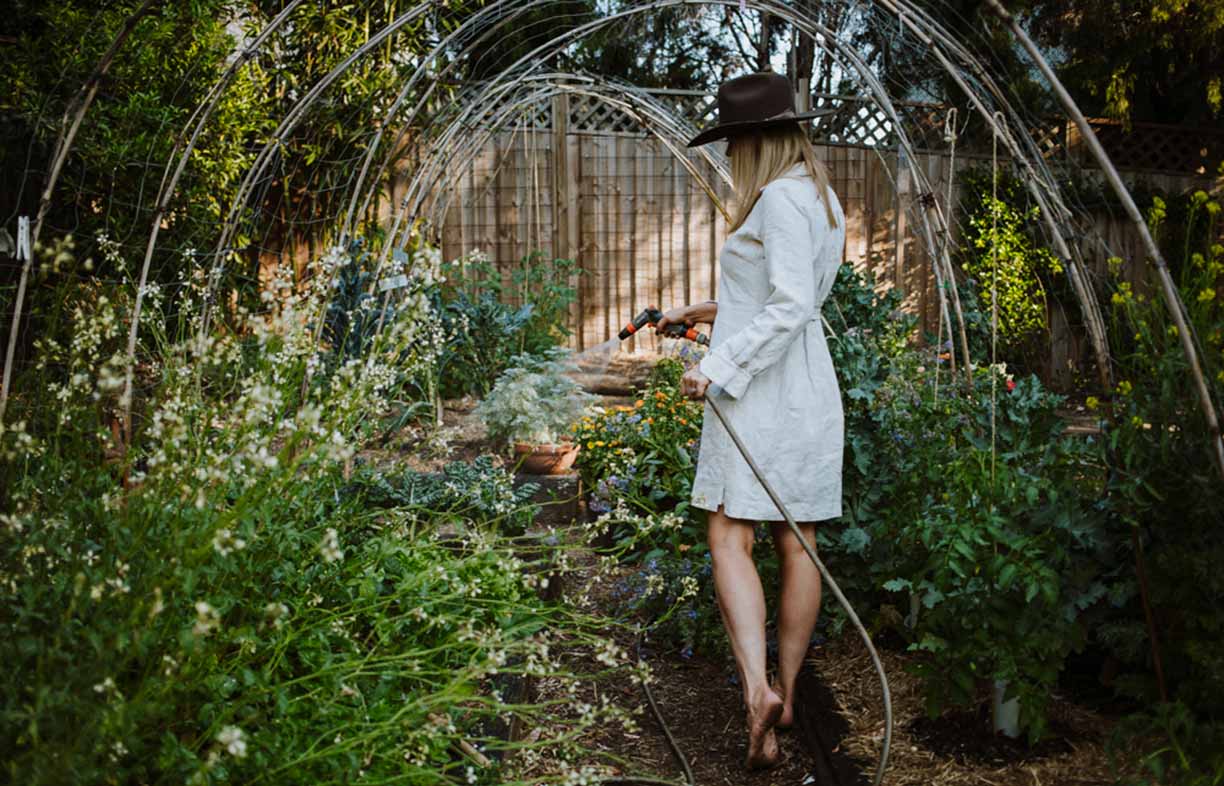
Creating a garden that will thrive
Her most important advice, however, is that great therapeutic benefit comes simply from the ‘doing’ in gardens. She says that gardening gives us a sense of purpose, builds resilience and engenders responsibility as we need to care for the plants. Gardening also happens at nature’s pace, connecting us with nature’s rhythms. “Nature won’t rush.”
In Tasmania, Pauline agrees with placing an emphasis on the doing, or process, part of gardening for mental health and wellbeing. “I think we can take the pressure off ourselves. We don’t need to have a really in-depth knowledge of the therapeutic capacity of individual plants, for example,” she says. “For ordinary people like us, who might have a garden or a balcony, we can enjoy the benefits of gardens just by being in them; just by planting, cultivating, growing and caring for the earth. At the end of the day, that’s therapy in itself.”
However, she stresses the importance of creating a home garden that will thrive. “Some mental health counsellors and therapeutic horticulturalists say that the worst thing you can do for somebody is get them gardening and then they watch their plants wither.” Keep in mind choosing plants that will stand a good chance of surviving and thriving in your garden, balcony, or indoor environment.
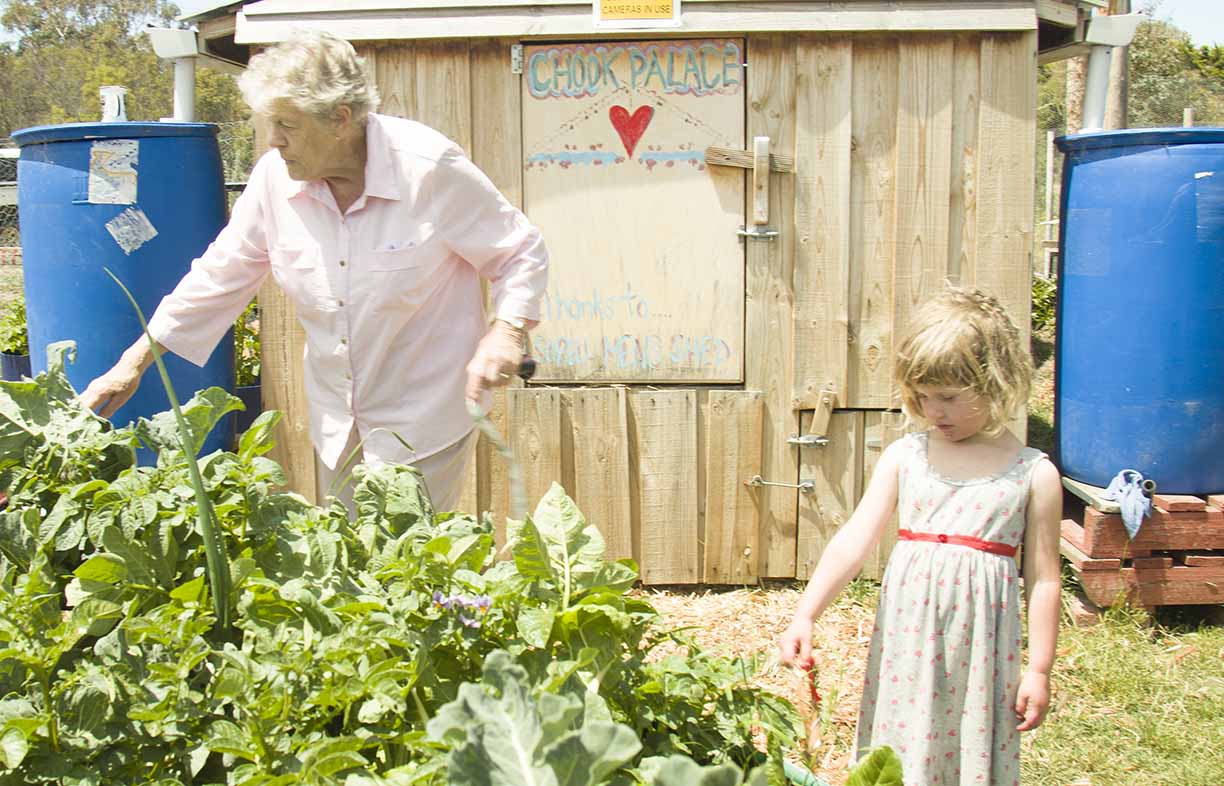
Nature’s pace
As Joanne and other therapeutic garden practitioners keenly stress, some of the real therapeutic benefits of gardens and gardening come from the mindfulness of slowing down to nature’s pace. Seed packets and seedling punnets may have raced off nursery racks at the beginning of the pandemic, but their growth rates cannot be rushed. A growing body of evidence suggests that tuning into nature’s seasonal rhythms through gardens and engagement with nature may just be the most effective mental health and wellbeing remedy for our times.
Urban green space for mental health
Xiaoqi Feng, Associate Professor in Urban Health and Environment at the University of New South Wales, has researched extensively into green space and mental health in our urban areas. “My research shows that people who live closer to quality parks and have interaction with them tend to have much better mental health,” she says.
Xiao and her colleagues conducted six years of research on tree canopy cover and access to parks, involving around 46,000 people over the age of 45 living in the Sydney, Wollongong and Newcastle areas. One finding was that those living in areas with 30 per cent or more of their neighbourhood covered by tree canopy had around 30 per cent lower risk of developing psychological and physical problems than their counterparts living in areas with lower tree numbers.
Xiao says that increasing green space and tree cover in our cities is becoming more important as the number of people living in high-density apartment developments continues to rise. “When you have those high-density neighbourhoods people may not even have access to a balcony or internal garden, so a larger park becomes a place to exercise, feel a part of the community and just relax and be in nature.”
Case study: The healing power of a garden
Whenever Andrew Laidlaw is around the Japanese apricot (Prunus mumé) tree in his garden, he feels close to his late wife Sarah, who loved the tree and its delicate blossom. “It’s the first flower of spring and it reminds me of Sarah every moment, and that’s something very beautiful for me,” he says. “She had some plants that she was really fond of and I connect with her through those plants.”
Sarah passed away in 2017 following a long battle with cancer and for Andrew her memory is embodied in the large Yarra Valley garden they shared and loved. “I talk to her quite a bit, particularly about the garden. Sometimes I feel she hasn’t gone but is just in another part of my life.”
As Sarah’s health deteriorated, the garden became an increasingly important retreat for the couple and their four children. Sarah and Andrew had built much of their professional and personal lives together around landscape architecture and gardens. “For both of us the garden was a place of enormous refuge and calm, and even from the room she passed away in, she had views into the garden and could see the birds, the sky and the setting sun,” says Andrew, adding that what Sarah loved most was the light coming through the plants into the room.
As the landscape architect for Melbourne’s Royal Botanic Gardens, Andrew is a passionate advocate for the healing power of gardens, both through lived experience and his professional philosophy. Under his direction, the Royal Botanic Gardens team has created a meditation garden, a children’s garden and greatly improved access for all in areas such as the fern gully.
With a deep awareness of how lucky most Australians are with their access to gardens, parks and green space, Andrew extends some of his energies to people much less fortunate through his work with Global Gardens of Peace. While the coronavirus crisis has temporarily paused the charity’s overseas activities, they are working towards establishing two urban gardens in the war-torn Gaza Strip, where almost two million people live with virtually no access to any green space. “Some of the Palestinians have said to us that garden space is like ‘a lifeboat for drowning people’ to them, and they need these places just to feel the world is good again,” Andrew says.
For Andrew, it doesn’t matter where you are in the world, or what your life circumstances are: gardens and nature hold enormous power to give back to us in healing, improved mental health and wellbeing.
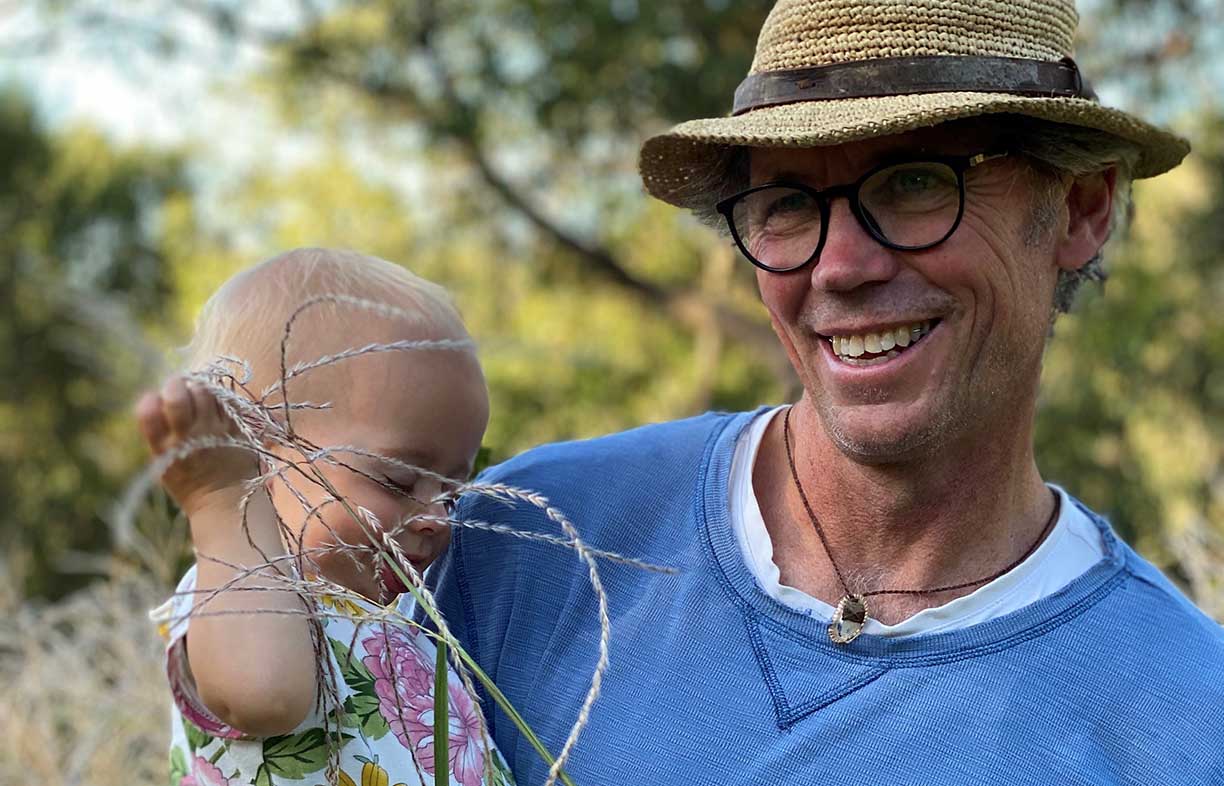
Case study: Gardening for groundedness
In Catherine Hill Bay, NSW, on Awabakal lands, Linda Ross’ 900-square-metre garden with views to a melaleuca forest is her refuge and place of meditative activity. The self-confessed dahlia fanatic and garden designer is sold on the healing power of gardens and gardening. Whether it’s digging in your own garden or even repotting an indoor plant, she’s an enthusiastic advocate for the link between getting your hands dirty and good mental health. “Gardeners know there’s a power there. Putting your hands in the dirt and connecting with that good bacteria creates a reaction with neurons in the brain that makes you happier and reduces stress,” she says.
“I love the the year-long sensory feast provided by the plants in my garden,” says Linda. “Midwinter aloes with their candelabras of golden spires; the hint of wattle in spring, the perfume of melting honey that comes from the buddleia in midsummer.” She believes that receiving therapeutic benefit from gardens and gardening is simpler than we often think. “There are a lot of people in the garden industry who’ll tell you that you need flash garden features or the most expensive pots, but after my 30 years in the gardening world, I really do think the secret is just in the doing,” she says. “You might have a list of jobs to be done, but you often get carried away in the moment. There’s a meditative quality to that.”
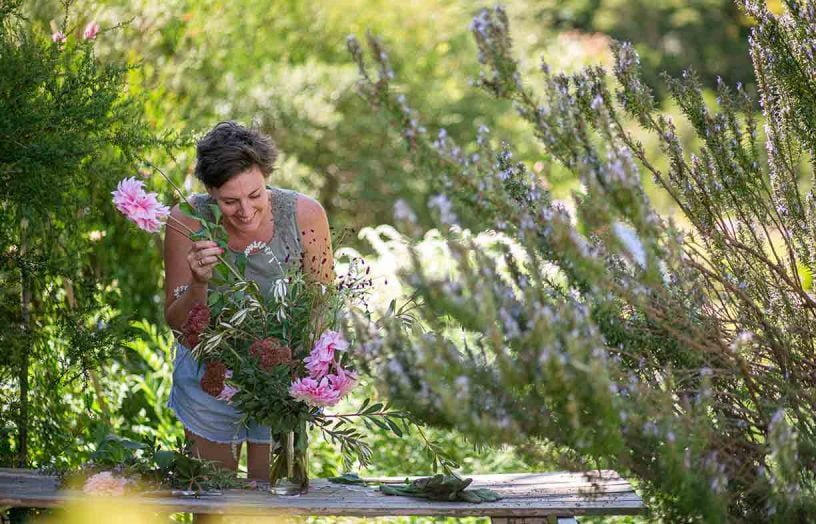
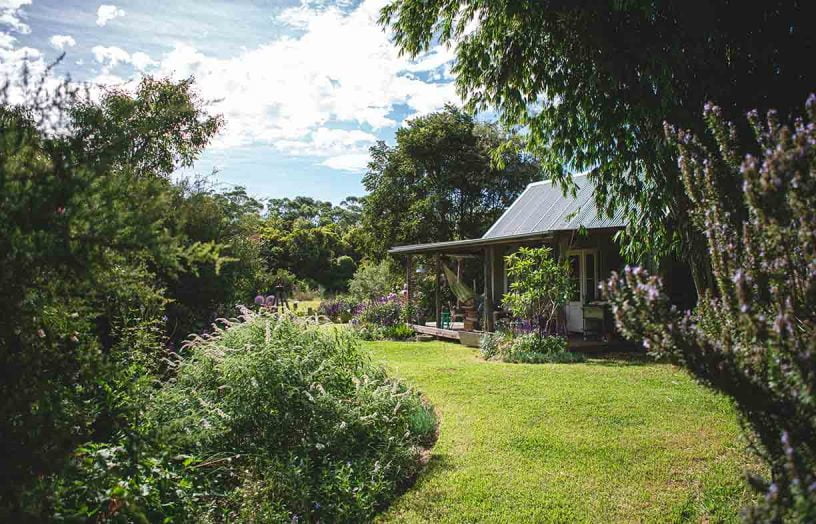
Further reading
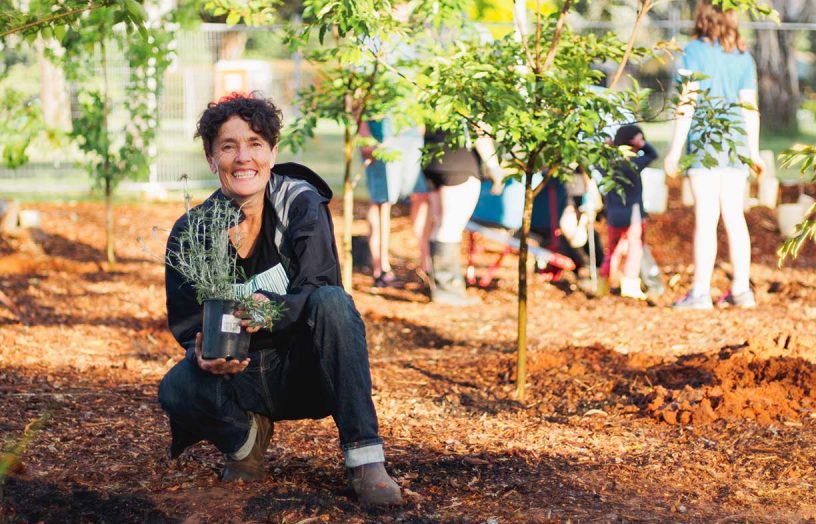 Outdoors
Outdoors
Pocket forests: Urban microforests gaining ground
Often no bigger than a tennis court, microforests punch above their weight for establishing cool urban microclimates, providing wildlife habitat and focusing community connection. Mara Ripani goes exploring.
Read more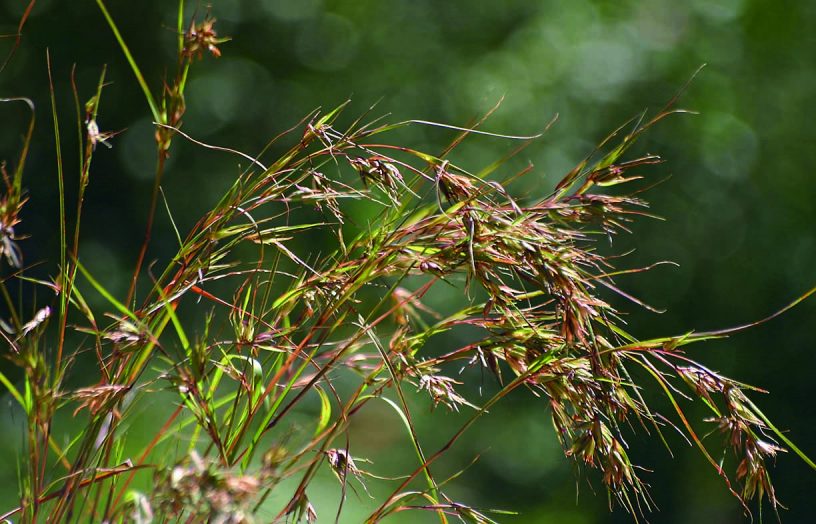 Outdoors
Outdoors
In the line of fire: Plant list
Download a list of popular native species to accompany our Sanctuary 51 article 'In the line of fire: Garden design to reduce the threat of bushfire'.
Read more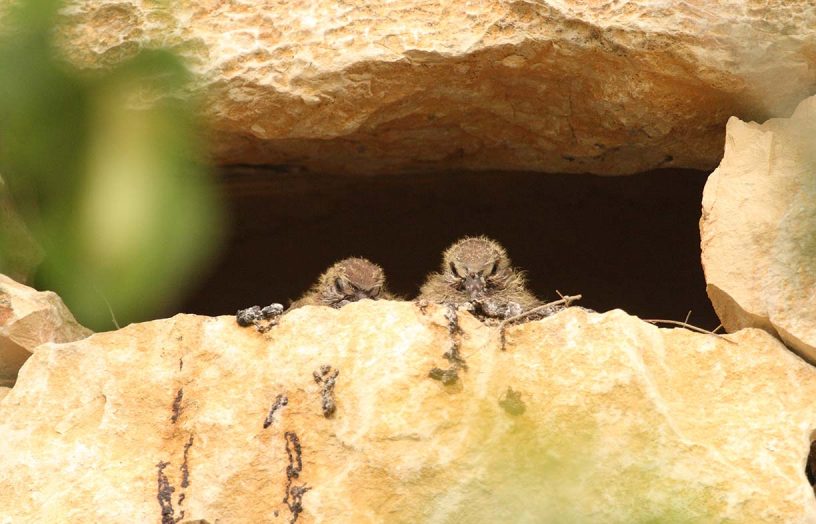 Ideas & Advice
Ideas & Advice
Nurturing nature
There’s a lot you can do to promote biodiversity when you’re designing a new home or renovation, with clear benefits for you and your family as well as for the natural environment. Ecologist Sarah Bekessy and her colleagues explain what’s possible.
Read more

